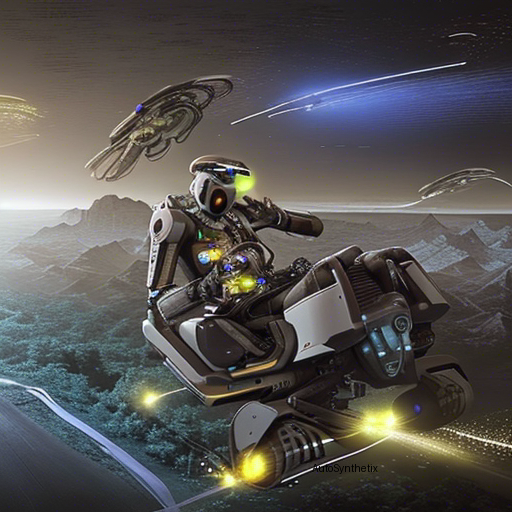Introduction
The world of Artificial Intelligence (AI), particularly within Autonomous Driving Systems, has witnessed a paradigm shift towards more efficient approaches in perceiving complex environments through motion predictions. In recent advancements, researchers at arXiv present a groundbreaking study titled "Self-Supervised Class-Agnostic Motion Prediction with Spatial and Temporal Consistency Regularizations." This pioneering work explores harnessing the power of self-supervision when dealing exclusively with raw LiDAR point clouds, challenging traditional reliance upon handcrafted annotation techniques.
Motivation Behind Annotation Efficiency
Conventional deep learning methodologies heavily depend on supervised learning strategies that require extensive human intervention during the tedious process of manually labeling datasets. Given the sheer volume of data generated by modern sensory equipment, especially in realms such as autonomous vehicles, developing alternative solutions becomes indispensible. Consequently, research efforts have shifted toward devising novel annotation-friendly methods capable of reducing this bottleneck without compromising performance.
Existing Approaches & Limitations
Several state-of-the-art annotation-lean methods exist today; however, they typically resort either to incorporating weak annotations into their frameworks or integrating multi-modality data sources, often relying extensively on image inputs alongside point sequences. Although beneficial, these practices fail to exploit the full capacity of the primary input – point cloud sequencing. As a result, there lies untapped potential waiting to revolutionize the field further.
Proposed Solution - Self-Supervised Learning with Optimal Transport Solvers
This cutting-edge proposal aims to fill this gap by adopting a purely self-supervised strategy utilizing solely unlabelled LiDAR point clouds. By implementing an innovative application of an optimal transport solver, the system establishes rough correspondences between consecutive frames' points as 'pseudo-labels.' These serve as surrogate ground truths facilitating model development even in the absence of explicit annotated guidance. However, initial trials reveal noticeably poorer spatiotemporal consistency due primarily to two key issues:
1. Coarseness of Pseudo Labels: The rudimentary nature of established correspondence introduces discrepancies impacting both positional accuracy and overall trajectories. 2. Inefficient Exploitation of Point Cloud Data Flow: Traditionally, most methods focus narrowly on individual snapshots rather than holistically capturing the intrinsic dynamics of the evolving scene.
To tackle these challenges head-on, the team proposes introducing a triad of complementary spatial and temporal loss functions specifically tailored for enhancing the effectiveness of self-supervised training regimes. Employing these strategic additions not merely alleviates the mentioned concerns but also significantly outperforms contemporary self-supervised counterparts across various evaluation metrics.
Conclusion
In summary, the revolutionary concept put forth by this arXiv publication illuminates a promising pathway forward in handling massive volumes of spatio-temporally rich yet seemingly chaotic point cloud streams from next-generation sensors. Through ingeniously combining optimal transportation algorithms, astute architectural design choices, and carefully crafted loss landscapes, the proposed solution paves the way for a new era in automotive autonomy while inspiring broader applications beyond its immediate domain. Undoubtedly, this monumental stride exemplifies how persistent scientific endeavors can transform our understanding of artificial intelligence's capabilities.
Source arXiv: http://arxiv.org/abs/2403.13261v2
